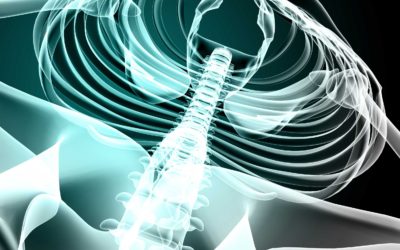Minimally invasive spine surgery relieves pain in a shorter period of time than traditional open incision surgery and recovery is shorter because a smaller incision is made, and less surgical trauma occurs.
At Olympia Orthopaedic Associates, our Board Certified and Fellowship Trained Spine Specialists are experts in minimally invasive spine procedures and have helped thousands of patients with chronic neck or back pain. In fact, many of our spine surgical procedures only require a 1-inch incision and patients are often able to return home the same day as their procedure.
If you are experiencing chronic back pain that has not responded to treatments such as physical therapy or injections, you might be a candidate for minimally invasive spine surgery. Making an appointment with one of our Orthopedic Spine Surgeons and receiving a formal diagnosis is the first step toward pain relief.
Below are three common conditions that can be treated with minimally invasive spine procedures at Olympia Orthopaedic Associates.
#1: Herniated Disc
The intervertebral discs are shock absorbers that lie between each vertebrae in the spine. A herniated disc occurs when the inner nucleus of a disc protrudes past the outer disc wall and compresses the spinal cord or a spinal nerve. Herniated lumbar (lower back) discs are the most common. Symptoms include:
- Numbness in the lower extremities
- Pain in the lower back or in the lower extremities
- Tingling in the lower extremities
- Weakness in the lower extremities
When symptoms do not improve after nonsurgical treatment, minimally invasive spine surgery to decompress the nerve and remove part or the entire herniated disc is an option.
To do this, a small incision is made in the area of the herniated disc and small surgical tools are used to remove the herniated portion of the disc. During the procedure, the muscles and ligaments that surround the spine are gently moved aside, instead of being cut as they would be in a more traditional spinal surgery.
#2: Spinal Stenosis
The spinal canal is a narrow canal that protects the spinal cord as it travels from the neck to the lower back. Any changes in vertebrae shape or anatomy due to an accident, medical condition, or injury can cause the canal to narrow and compresses the spinal cord or spinal nerves.
The most common cause of spinal stenosis is arthritis that causes the ligaments and/or bones around the spinal canal to thicken, which leads to compression of the spinal canal or spinal nerves. Although spinal stenosis can occur in the cervical or lumbar areas of the spine, lumbar spinal stenosis is far more common.
A compressed spinal cord becomes inflamed and irritated and produces the following symptoms:
- Numbness in the lower extremities
- Pain in the lower back or in the lower extremities
- Tingling in the lower extremities
- Weakness in the lower extremities
Minimally invasive spine surgery may be recommended to remove bone and/or disc to widen the spinal canal and relieve pressure on the spinal cord or spinal nerves.
#3: Sciatica
Most people are familiar with the term “sciatica” but may not be aware that sciatica is not a diagnosis, but a symptom of an underlying spinal condition. The sciatic nerve is the longest continuous nerve in the body, beginning in the lower back and running through the leg and into the calf and foot. If a portion of a spinal disc or bone spur compresses this nerve, pain can radiate from the lower back and into the buttocks, hips, and legs. Numbness, tingling or weakness may also be felt.
The goal of a minimally invasive spine procedure is to remove the portions of bone or disc that are impinging the nerve so that the nerve can be decompressed, and pain can be relieved. This performed using a small incision near the affected nerve and removing any part of the spinal disc or bone spurs causing the impingement.
Making an Appointment with a Spine Specialist at Olympia Orthopaedic Associates
Chronic and/or radiating pain should not decrease your quality of life. Please contact our offices throughout Olympia and make an appointment with one of our Board Certified and Fellowship Trained Spine Specialists so that we can create a customized treatment plan for you. Our goal is relieving your pain and get you back to Your Life in Motion!
